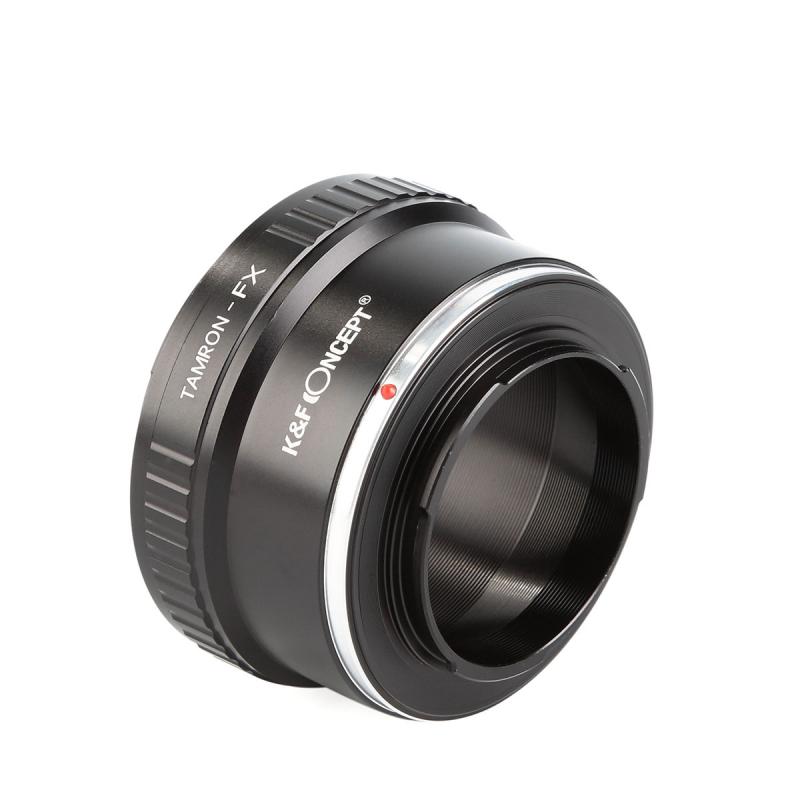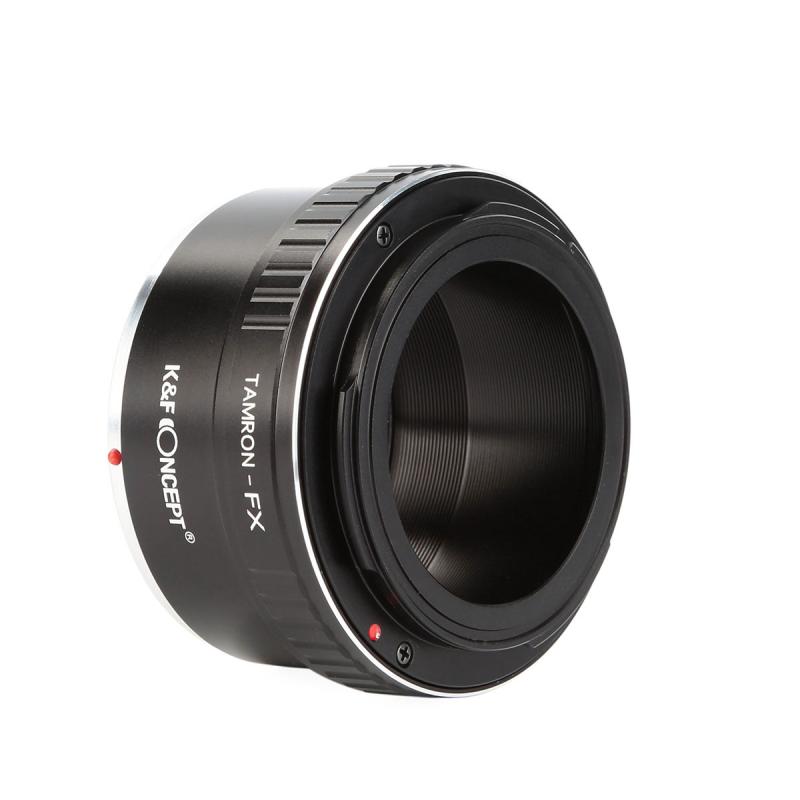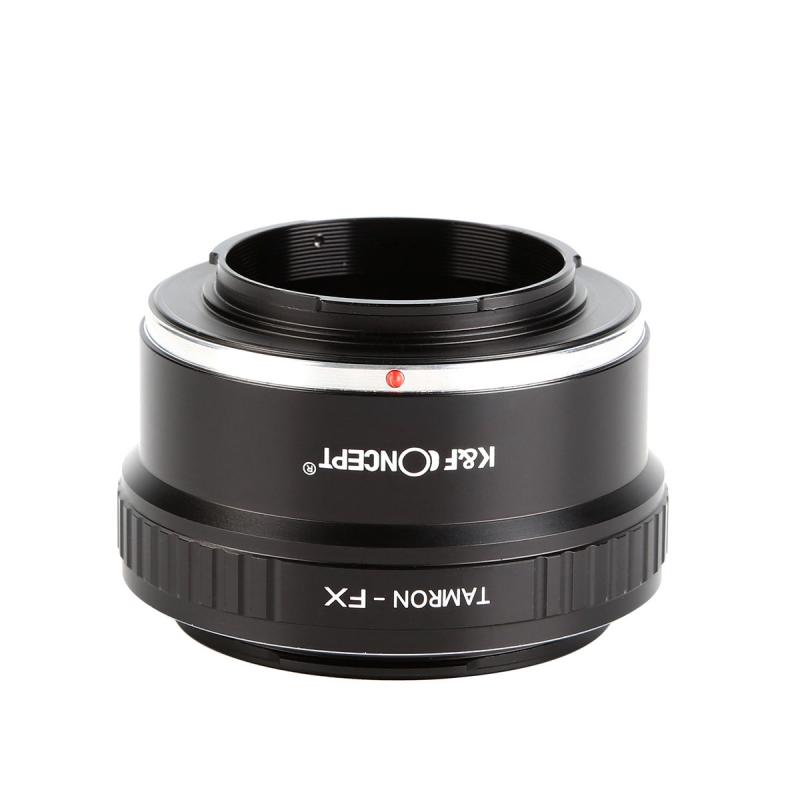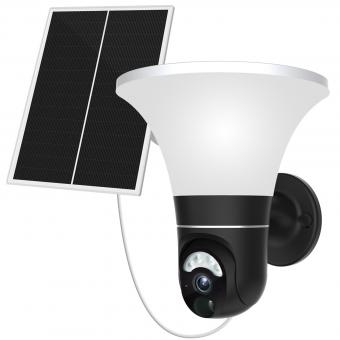What Batteries Blink Camera ?
The Blink camera uses AA lithium batteries.
1、 Battery Type: Lithium-ion or rechargeable batteries
The batteries that are compatible with Blink cameras are Lithium-ion or rechargeable batteries. These types of batteries are commonly used in electronic devices due to their high energy density and long-lasting power. They are designed to provide a reliable and consistent power source for Blink cameras, ensuring that they can operate effectively for extended periods.
Lithium-ion batteries are known for their ability to hold a charge for a long time, making them ideal for use in security cameras. They are also lightweight and compact, which makes them easy to install and replace when needed. Rechargeable batteries, on the other hand, offer the convenience of being able to be recharged multiple times, reducing the need for frequent battery replacements.
It is important to note that the specific battery requirements may vary depending on the model of the Blink camera. Therefore, it is always recommended to refer to the manufacturer's guidelines or product specifications to ensure the correct battery type is used.
In terms of the latest point of view, advancements in battery technology continue to improve the performance and longevity of Lithium-ion and rechargeable batteries. Manufacturers are constantly working on developing batteries with higher energy densities, longer lifespans, and faster charging capabilities. These advancements can potentially enhance the overall functionality and user experience of Blink cameras, allowing for longer recording times and reduced downtime for battery replacements or recharging.
Overall, Lithium-ion and rechargeable batteries are the recommended options for powering Blink cameras. They offer a reliable and efficient power source, ensuring that the cameras can function optimally for extended periods without interruption.

2、 Battery Life: Duration of battery power before needing replacement or recharge
Battery Life: Duration of battery power before needing replacement or recharge
When it comes to Blink cameras, the batteries used are specifically designed for these devices. The Blink camera system relies on AA lithium batteries, which provide a reliable and long-lasting power source. These batteries are readily available and can be easily purchased from various retailers.
The battery life of Blink cameras is a crucial factor to consider when setting up a surveillance system. The duration of battery power before needing replacement or recharge is an important consideration for users, as it determines the overall effectiveness and convenience of the camera system.
The battery life of Blink cameras can vary depending on several factors, including the frequency of motion detection, the length of video recordings, and the overall usage of the camera system. However, on average, the batteries in Blink cameras can last up to two years with normal usage.
It is important to note that the battery life can be affected by extreme weather conditions, such as extreme cold or heat. In such cases, the battery life may be reduced. Additionally, the battery life can also be impacted by the quality of the batteries used. It is recommended to use high-quality lithium batteries for optimal performance.
In recent years, there have been advancements in battery technology, and manufacturers are constantly working to improve the battery life of their devices. This means that newer models of Blink cameras may have even longer battery life compared to older versions.
In conclusion, the batteries used in Blink cameras are AA lithium batteries. The battery life of these cameras can last up to two years with normal usage. However, factors such as extreme weather conditions and battery quality can affect the overall battery life. It is always recommended to use high-quality batteries for optimal performance.

3、 Battery Capacity: Amount of energy a battery can store
Battery capacity refers to the amount of energy that a battery can store. It is typically measured in milliampere-hours (mAh) or watt-hours (Wh). The higher the capacity, the longer the battery can power a device before needing to be recharged.
When it comes to Blink cameras, the specific battery capacity required depends on the model. Blink offers a range of wireless security cameras, including the Blink Indoor, Blink Outdoor, and Blink Mini.
The Blink Indoor and Blink Outdoor cameras are powered by two AA lithium batteries. These batteries have a capacity of around 2,000 to 2,500 mAh, which allows the cameras to operate for up to two years before needing a battery replacement. The exact battery life will depend on factors such as the camera settings, usage, and environmental conditions.
On the other hand, the Blink Mini camera is powered by a USB cable and does not require batteries. It can be plugged into a power outlet or a USB power source for continuous operation.
It's important to note that battery technology is constantly evolving, and manufacturers are always working to improve battery capacity and efficiency. Therefore, it's always a good idea to check the latest specifications and recommendations from the manufacturer when purchasing batteries for your Blink camera.

4、 Battery Voltage: Electrical potential difference provided by the battery
Battery Voltage: Electrical potential difference provided by the battery
Battery voltage refers to the electrical potential difference provided by a battery, which is essential for powering various electronic devices, including cameras. In the case of blink cameras, they typically require specific types of batteries to function properly.
Blink cameras are wireless security cameras that are designed to be energy-efficient and easy to install. They are powered by batteries, which allow them to be placed anywhere without the need for electrical outlets or wiring. The specific type of batteries required for blink cameras may vary depending on the model and manufacturer.
Currently, the most common type of battery used for blink cameras is the lithium-ion battery. Lithium-ion batteries are known for their high energy density, long lifespan, and ability to provide a stable voltage output. These batteries are rechargeable, which means they can be used multiple times before needing to be replaced.
The voltage required for blink cameras can vary, but it is typically around 3.6 to 3.7 volts. It is important to use batteries with the correct voltage to ensure optimal performance and avoid any potential damage to the camera.
In recent years, there has been a growing trend towards using rechargeable batteries for electronic devices, including blink cameras. This is driven by the increasing awareness of environmental sustainability and the desire to reduce waste from disposable batteries. Rechargeable batteries not only help reduce waste but also provide cost savings in the long run.
In conclusion, blink cameras require batteries with a specific voltage, typically around 3.6 to 3.7 volts. The most common type of battery used for blink cameras is the lithium-ion battery, which offers high energy density and a long lifespan. Rechargeable batteries are becoming increasingly popular due to their environmental benefits and cost savings.































There are no comments for this blog.